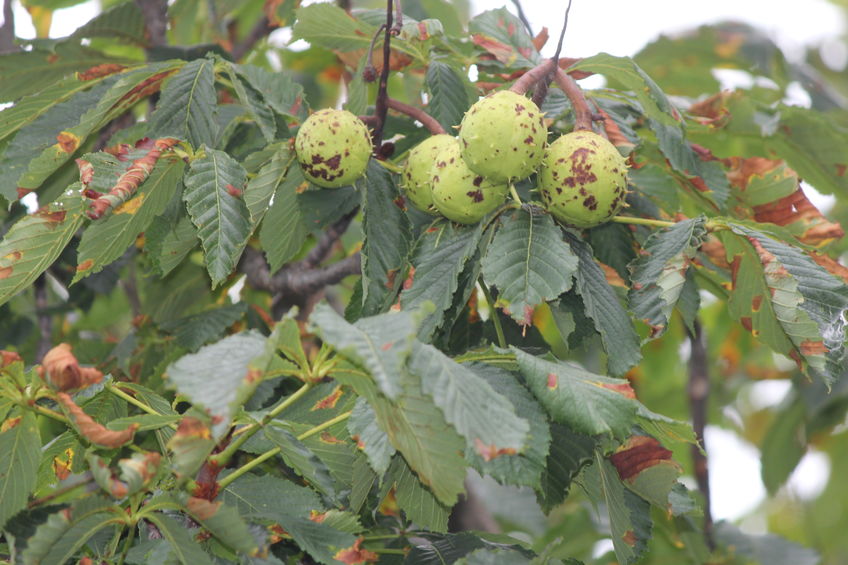In the 1800’s, it was said that a squirrel could go from Maine to Georgia and never touch the ground jumping from one American chestnut tree to another. But then in 1904, a chestnut blight (Cryphonectria parasitica) was accidentally introduced to North America from the introduction of Japanese chestnut trees into the United States for commercial purposes. Since then they have become exceedingly rare.
Fortunately, thanks to some breakthroughs in the field of biotechnology, the fate of the American chestnut may soon begin to improve.
As reported on the website of the Genetic Literacy Project, regulators are now reviewing a new blight resistant version of the American Chestnut developed by William Powell and his colleagues at the State University of New York’s College of Environmental and Forest Biology.
“Darling 58,” the name of this research team’s newfound GE chestnut tree, employs a single gene from wheat for an enzyme called oxalate oxidase (OxO). Taking decades to develop, the recombinant tree can be bred in a traditional manner and still retain its blight resistant properties. In fact, Powell’s team has raised over 10,000 such blight-resistant chestnuts that could ultimately be used for reforestation efforts to return the American chestnut to the wild.
Is this sort of genetic approach problematic for the environment? The researchers don’t think so, and provide this explanation why it should pose no problem on the GLP website:
Oxalate oxidase is a common enzyme found in all grains, several other crops and food products, and many wild plants and microbes. OxO and other enzymes that detoxify oxalate function as natural defenses against the effects of specific pathogens that produce oxalic acid. OxO is well understood and has been studied for over 100 years. There are even functionally similar genes in Chinese chestnuts, which may partially contribute to the blight tolerance observed in these trees.
At the end of 2019, Powell petitioned the USDA for “non-regulated status,” the way the federal agency determines if a new agricultural product can be introduced publicly. The proposal is now open to the public for a 60-day comment period.
To read the full article on the GLP website, click here.
